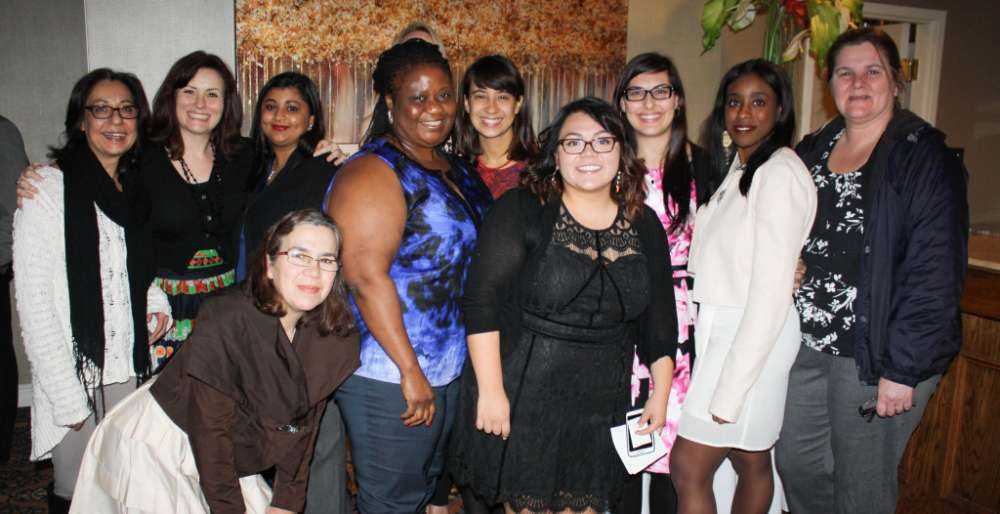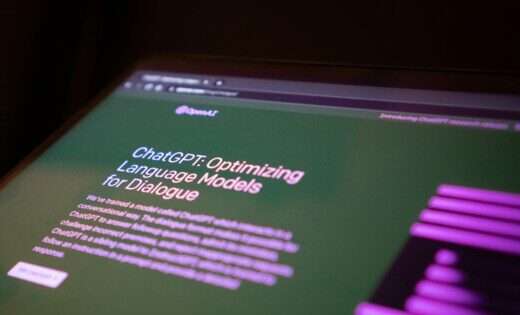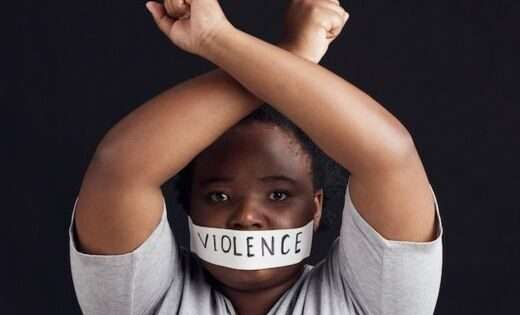on
BY ALYSSA MAHADEO
The fight for women’s rights is a battle cry made up of the many voices of mothers, sisters, daughters and friends, all women who have been, and are still victims of domestic violence.
In celebration of International Women’s Day, the Woman Abuse Council of Toronto (WomenACT) hosted a very special awards presentation honoring women from the community who have made a significant impact working in women’s shelters, alongside women and children offering solace and leaving an impression of hope and inspiration on everyone they touch.
WomanACT is a program development and planning organization that coordinates an efficient and effective approach to providing services for assaulted women and their families. This is WomanACT’s fifth year hosting the Supporting Staff two day Training Conference that brings together 250 front line workers and over forty agencies across the city. As a coordinating body, the Council identifies gaps in service; supports and facilitates policy development and pilot projects; and undertakes research and actions that promote institutional and systemic change. They work with close to forty agencies that provide extraordinary support to victims of violence in the city of Toronto and witness first hand the integrity, leadership and professionalism these organizations uphold on an ongoing basis, as reflective through their front line staff. 50% of Canadian women will experience an incident of violence at some point in their lives; the majority before they turn twenty five. It has opened up conversations about victim blaming, sisterhood, the lack of support system and male privilege in high profile cases. What it has failed to address is the epidemic of violence against women on a daily basis.
The 2016 Soul of a Warrior Awards Gala, the first ever to be hosted by WomenACT, was organized to recognize the important work of front line workers in the violence against women sector in the GTA. The WomanACT Soul of a Warrior Awards is presented to exceptional front line workers in the Violence against Women sector in the GTA. The recipients play an important role supporting women and children who have experienced violence. Roles vary from intake workers, counsellors, children’s advocates, family support workers, legal support workers and beyond. On any given day, these roles require thoughtfulness, compassion and dedication in order to provide the support and resources necessary.
Three very involved and compassionate women were selected as recipients of the Children’s Advocate Award, the Community Engagement Award and the Lifetime Achievement Award. All of these women demonstrated exceptional work in the field making the lives of women and children better everyday providing the support, care and understanding they need helping in the mission to build a safe fair and respectful society that we all deserve.
The first award of the night for Children’s Advocate was presented to Iliana Mena a twenty six year old child and youth worker at Ernestine’s Women’s Shelter. She started working with the shelter as a volunteer five years ago, before she transitioned into working full time within the Child and Youth Program. Her program assists with new children and their mothers that come to the shelter helping with parenting, registering for school, one on one counseling or just having fun. Iliana enjoys working closely with the children at the shelter, helping to provide a safe and comfortable space for them to talk about how they feel and allow them to be heard. Her colleagues nominated her for her work providing solutions to women and children that are experiencing both specific personal and systematic barriers and she is often able to go above and beyond recognizing the barriers and vulnerabilities experienced by clients. “I feel like children are sometimes forgotten when there all these changes taking place and the reality is that they have a lot to say about what they’ve experienced.” Iliana explains, “By addressing what their needs are now we can ensure that it doesn’t further perpetuate generational trauma.”
The second award of the night for Community Engagement was presented to Chris Spiess who came from a background similar to many of her clients having to access shelters with her own family in her youth it gives her a very real and personal connection when it comes to discussing different circumstances. During her own experience she was introduced to a counselor who made a significant impact on her providing the space she needed to talk. It was something that she one day aspired to be, someone who could give that same attention to people that really needed someone to listen. Chris is deeply involved working with YWCA Women’s Shelter and other Non-Profits and is very sensitive and non-judgmental in her conversations with clients allowing them the respect and providing the support they need. “Each person has their own inherent sense of power and worth and it’s about listening to people and helping them recognize that they are truly worthy.”
The last award for the night for Lifetime Achievement went to Michelle Fraser, for thirty years of committed and exemplary service in the field. She started working at the Women’s Habitat of Etobicoke under placement from Humber College where she was studying Social Work. She had never been in that type of environment with all women and it was interesting because there were more children than women present at the shelter, children who had been exposed to or witnessed abuse. She was touched by a little girl who when asked the question ‘What do you want to be when you grow up?’ she responded with ‘A Man.’ Michelle discovered this child had been subjected to the repression of women at such a young age to think that to be a person of power you needed to be a man. From then on she vowed to be a part of the moment teaching young girls about the power of being a woman. “I love working with youth, they give you hope, they inspire you and they encourage you to do things better.”
WomanACT’s mandate is to develop a coordinated community response to women’s abuse in order to promote systematic change and be more effective in promoting women’s safety and holding abusers accountable. This allows women to break the cycle of abuse in their families. They advocate social change and aspire to a better tomorrow.
Sponsors for the night included Homewood, Social Image and Sharlene Tygesen. Also WomanAct has a dedicated team of volunteers who contributed their time and efforts to ensure a successful event. By supporting the WomanACT Gala, you are honoring Canada’s most valued treasures, whether it’s the women, children or the shelters they call home. To learn more about WomenACT visit http://www.womanabuse.ca/
Stay in the loop with exclusive news, stories, and insights—delivered straight to your inbox. No fluff, just real content that matters. Sign up today!












